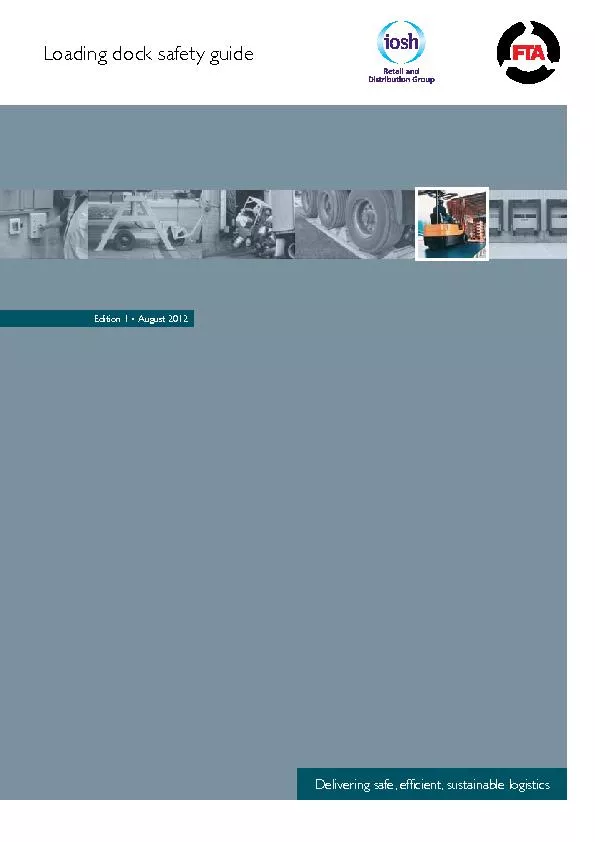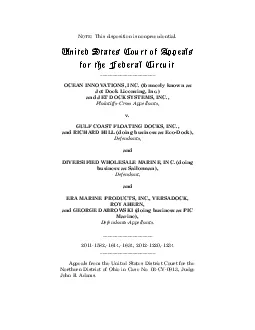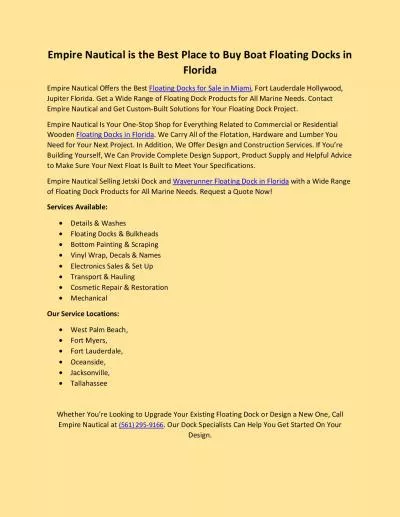PDF-THE LIVING HISTORY OF LONDON DOCK
Author : lois-ondreau | Published Date : 2016-03-16
TOWER BRIDGE WILTON146S MUSIC HALL TOWER OF LONDON ST KATHARINE DOCKS PENNINGTON STREET WAREHOUSE LONDON DOCK TOBACCO DOCK Computergenerated images are indicative
Presentation Embed Code
Download Presentation
Download Presentation The PPT/PDF document "THE LIVING HISTORY OF LONDON DOCK" is the property of its rightful owner. Permission is granted to download and print the materials on this website for personal, non-commercial use only, and to display it on your personal computer provided you do not modify the materials and that you retain all copyright notices contained in the materials. By downloading content from our website, you accept the terms of this agreement.
THE LIVING HISTORY OF LONDON DOCK: Transcript
Download Rules Of Document
"THE LIVING HISTORY OF LONDON DOCK"The content belongs to its owner. You may download and print it for personal use, without modification, and keep all copyright notices. By downloading, you agree to these terms.
Related Documents














